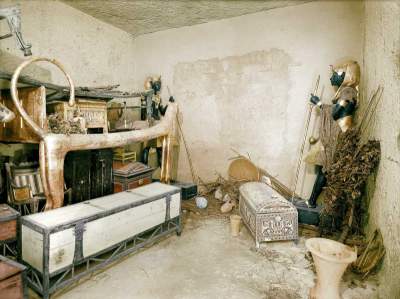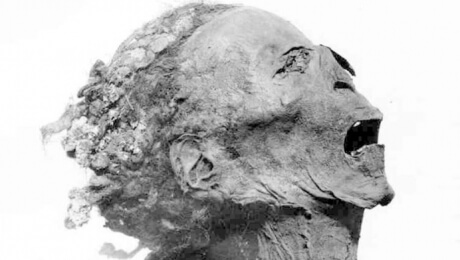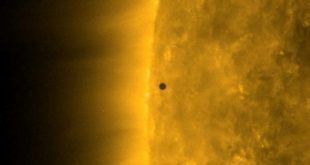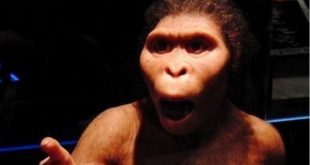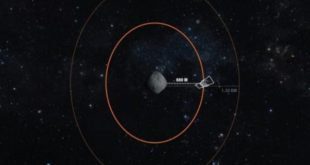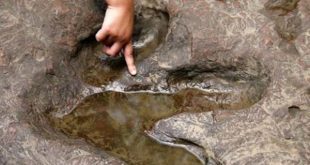 The body in the grave are United in a kind of “chain of death”.
The body in the grave are United in a kind of “chain of death”.
In the excavations on the territory of the Arab Emirates was found the burial of unknown settlers, not belonging to the Arab group. The age of the finds is more than 7 500 years.
The body in the grave, excavated by the archaeological group under the leadership of Sophie Mary in Umm-al-Quwain can indicate a violent death, but due to age and perfect ritual of the burial of four people, scientists have concluded that the burial was an object of rare beauty and enlightenment.
The tomb was discovered in 2013 on archaeological excavations in the region of Umm al-Quwain 2 (UAQ2), which are located on the edge of a lagoon next to a busy highway E11, which connects Dubai with Northern Emirates. The earliest discovery dates back to the VI Millennium BC, making UAQ2 the oldest Neolithic coastal settlement discovered on the southern shore of the Persian Gulf.
The body in the grave are United in a kind of “chain of death”, four dead lying next to each other, the right hand of each of them rests on the hip of the next of the deceased. The fifth body is a little bit away and separated from the main group in the fetal position, but it is not included in “chain”.
One of the leaders of the research archaeologist Dr. Mary considers that young people were aged 20 years and died in the conflict, and later were buried together in a specially constructed pit tombs. The difference in burial between the first and second dead amounted to no more than a week, that is, they died one by one. The size of the hole indicates that it was made from the size of all the deceased and the location of the bodies in a kind of “chain of death” is a symbol. In the chest of the first man, scientists found a flint arrowhead, which at the moment of impact destroyed the edge, while the other two men who were later buried, was found pearls placed on the hips. The fate of the people in the grave sheds light on life of communities inhabiting the coast 7,500 years ago.
Thanks to the discovery of more recent finds and fine details, which distinguish them from material found in the surrounding areas, Dr. Mary believes that the tomb UAQ2 evidence of intergroup violence. Despite the fact that four men were killed, the group was large enough to survive, but continued to be under the yoke of another community. Scientists have determined other findings, as the style of burial and jewelry have remained the same and differ from other Neolithic sites in Aqaba and Bwaise. Buhais is a well-known cemetery from the fifth Millennium BC and if you examine jewelry, his style is significantly different and it’s safe to say that people in UAQ2 or Aqaba do not belong to the same group.
According to many experts, this kind of archaeological site can be based on political views, as well as to foment racial strife. After all, if scientists can be proven that the Arabs in fact were not the first settlers in this region and gained territory from other settlers, we will deploy a kind of political and Muslim war. Muslims will protest, because, in their opinion, they inhabited this area for centuries, and found the burial tomb and say the opposite. However, archaeologists led by Dr. Mary claim that the study is for research purposes only, and experts are excited to participate in the excavations that are more than seven thousand years, and to reach the truth and determine what species belonged to the first settlers and where they moved later.

